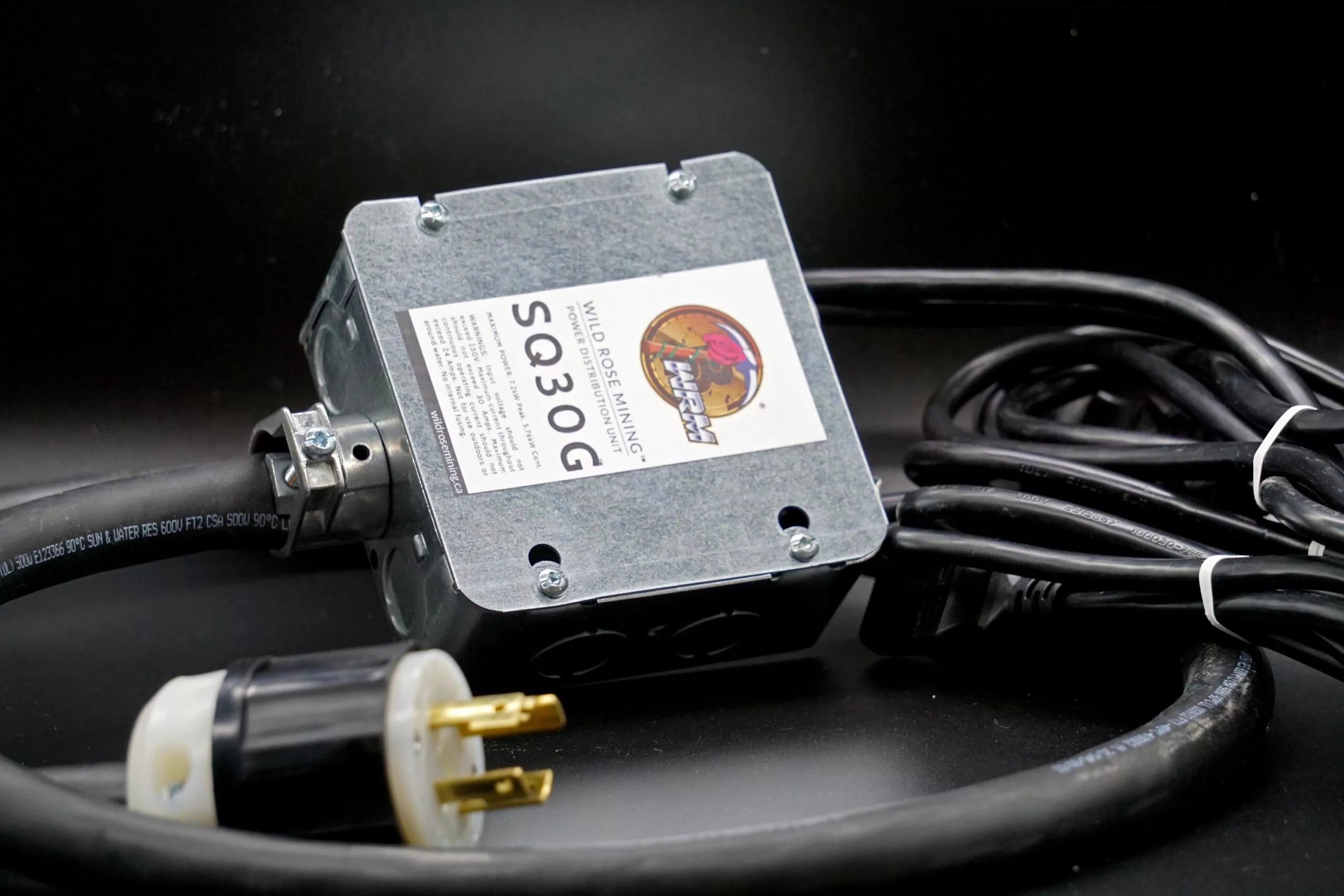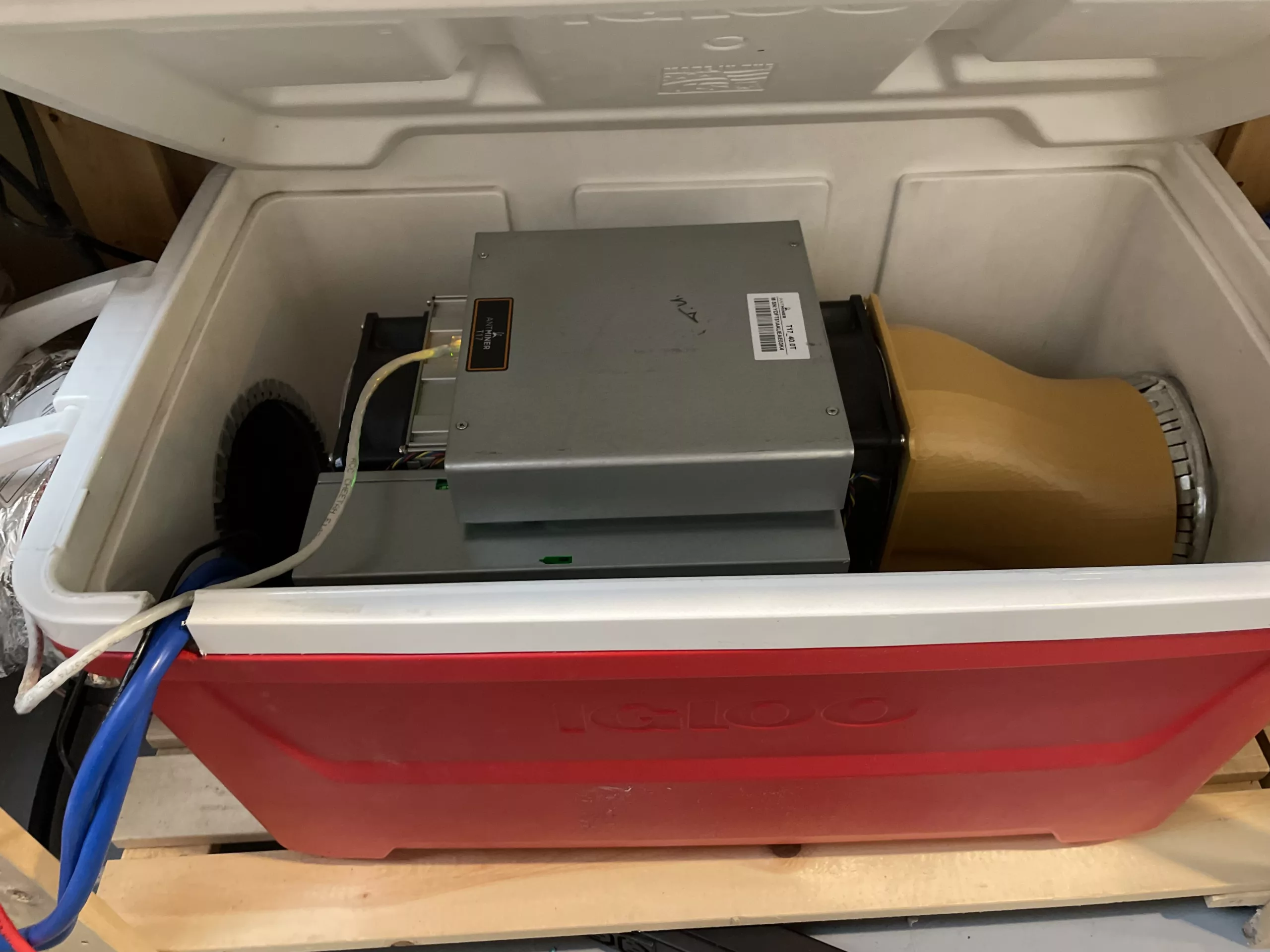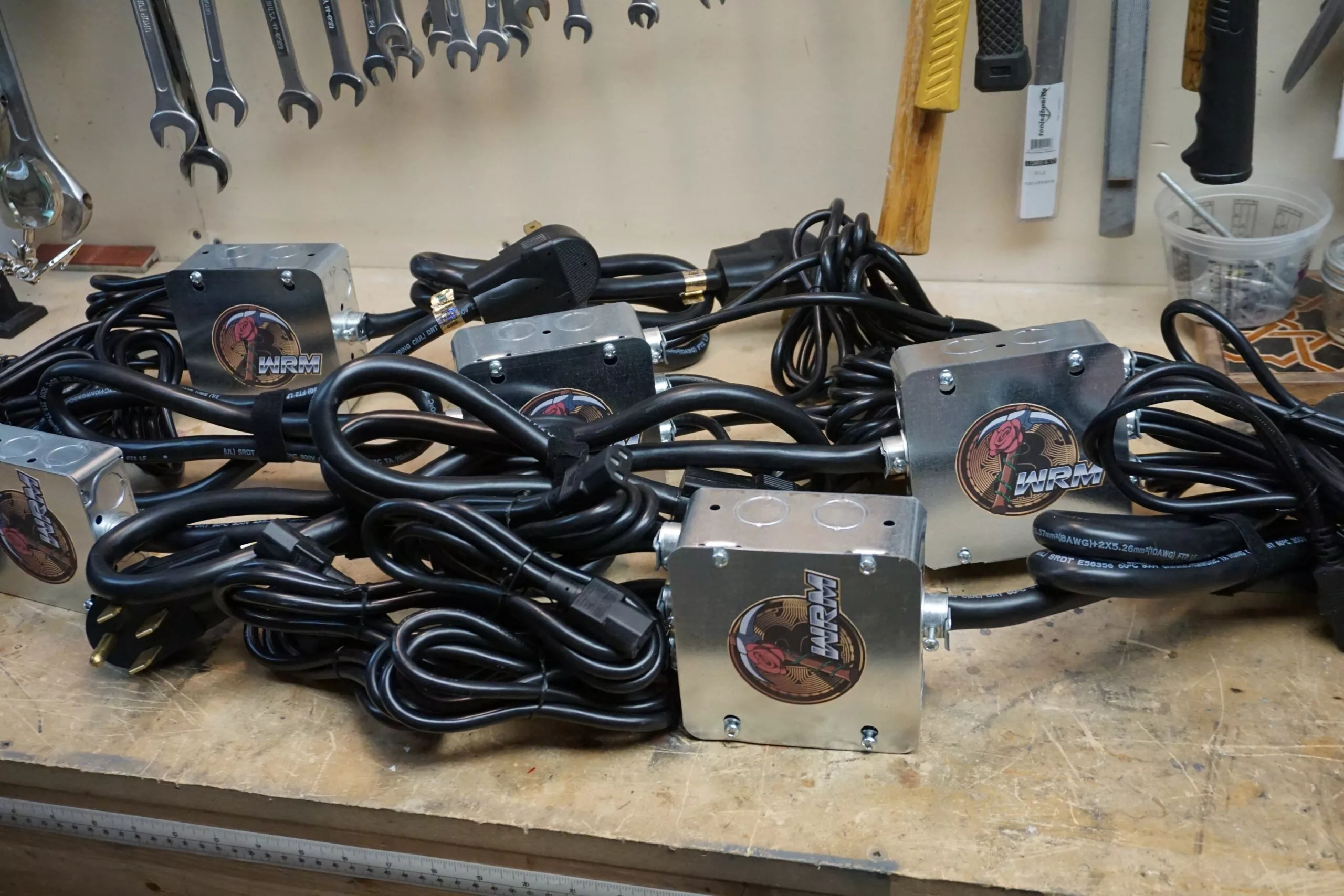Category: Tutorials
-

Unfused Power Distribution FAQ
We tend to receive the most questions from our customers about power distribution units which do not feature internal fusing for each output. This guide is written in hope of answering those questions before they are sent to our contact form. However, if you do have any questions after reading this guide, feel free to…
-

How to Set up Your Home’s Electrical for Mining
Introduction During Bitcoin’s infant years, it was relatively easy for anyone to run software on a computer and get hashing. Any old Dell Optiplex with a half decent CPU would have been able mine enough Bitcoin for you to be set for life, assuming you’d held on to it until now. Such times however, are…
-

How to Choose a PDU for Crypto Mining
Selecting a PDU is a more complex process than many may imagine. There are so many variations that depend on the needs of the buyer, which is why there isn’t really a single go-to solution. These needs are described in the sections below: The 80% Rule The 80% rule is a rule of thumb in…
-

What is SHA-256 ASICBoost?
SHA-256 ASICBoost is a technique that allows ASIC miners to improve their efficiency by up to 30%, allowing them to mine Bitcoin more profitably than without the technique. It is a controversial technique because it can give an unfair advantage to miners who use it, and it has a history of being shrouded in secrecy…
